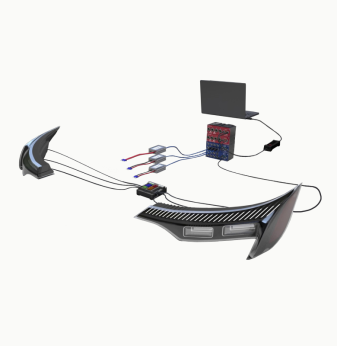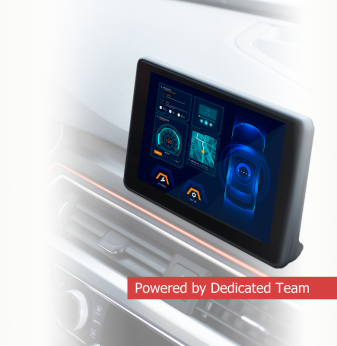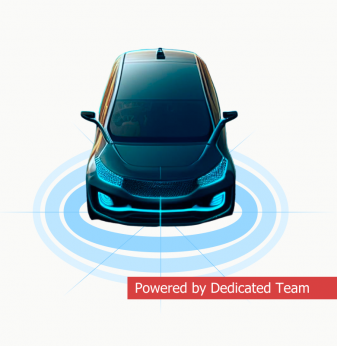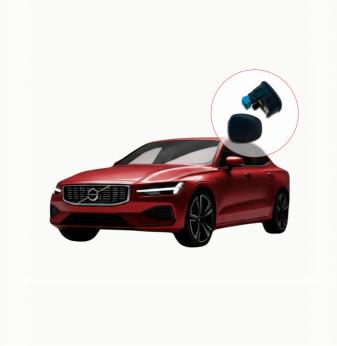How Android Automotive OS Updates Are Reshaping IVI Development Requirements

In 2025, Android Automotive OS continues its rapid evolution. New releases bring modular architecture, embedded voice AI, vehicle and home connectivity integration, and stronger security layers. Infotainment teams now face updated technical requirements and certification processes. This article breaks down all major changes, explains their impact on IVI (in-vehicle infotainment) development, and explains what embedded teams must adapt to stay compliant and efficient.
What has changed in Android Automotive OS
- Modular system structure enabling discrete voice, mapping and telemetry modules
- On-device inference for voice assistants, optimizing latency and privacy
- New vehicle APIs for EV charging, smart home integration, and V2X messaging
- Hardened sandboxing, secure boot enforcement, and encrypted analytics collection pipelines
- New E/E system interfaces aligned with ISO 26262 and UNECE requirements
These updates drive migrations across embedded codebases. Teams must now adjust build pipelines, security architectures, and OTA workflows to align with evolving requirements.
Why these changes matter for embedded IVI teams
Modular architecture requires tighter CI/CD integration
Standalone voice and navigation modules (APEX or system APKs) now update independently. Teams must maintain compatibility matrices. Version mismatches previously caused UI crashes or module conflicts—automation and dependency checks are now essential in builds.
Voice and AI shift inference to the edge
On-device voice models require quantized neural networks, GPU/DSP/TPU inference engines, and latency metrics in milliseconds. Teams must benchmark models for real-time responsiveness and memory constraints. Voice pipelines also require cryptographic integrity to avoid injection attacks.
EV and home integration demands data security
IVI systems now handle sensitive vehicle telemetry and smart home devices via encrypted, authenticated communication channels. Engineers must design telemetry APIs with signed encryption, guardrail validation, and rollback-safe patch support.
Security and certification now enforce secure OTA and boot paths
Secure boot, rollback protection, and signed updates are no longer optional—they are binding deliverables during certification. IVI components that bypass these protections are flagged as noncompliant under ISO 21434 or CRA frameworks.
Engineering pipeline changes required
Development pipeline enhancements
- Incorporate inference benchmarking and voice latency metrics early in builds to prevent performance regression.
- Support APEX and modular updates for navigation/voice, enabling isolated module version control.
- Run fuzz testing on voice and vehicle API interfaces to detect vulnerabilities preintegration.
Security enhancements
- Design secure telemetry alignment from the ground up, with encrypted channels using vehicle-grade certificates.
- Strict implementation of rollback-resistant firmware layers.
- Harden module interactions within sandbox boundaries and enforce permission isolation.
Testing and validation plans
- Simulate failure modes such as OTA interruption, swipe mismatches, offline voice commands, and version mismatch across vehicle firmware revisions.
- Automate compliance reporting capturing SBOM, version trace logs, OTA rollback metrics, and test logs.
- Deploy test automation against real vehicle hardware, ensuring feature stability across legacy variants.
Organizational implications and team alignment
Cross-domain collaboration becomes mandatory
Firmware, voice AI engineers, backend developers, QA and cybersecurity specialists must work as cohesive squads. Shared pipelines, integrated documentation, and cross-functional sprints are now essential to prevent integration issues.
Certification becomes holistic
Certification no longer targets isolated modules: OTA delivery, voice inference, telemetry, and vehicle data handling must demonstrate end-to-end traceability. Requirement-to-test mapping must span multiple layers of the IVI platform.
Ongoing feature governance
Versioning governance must align AOSP base updates, voice/NAV modules, vehicle OTA streams, and optional smart home integrations. Quarterly or monthly release cadences replace annual schedule, requiring tight coordination across teams.
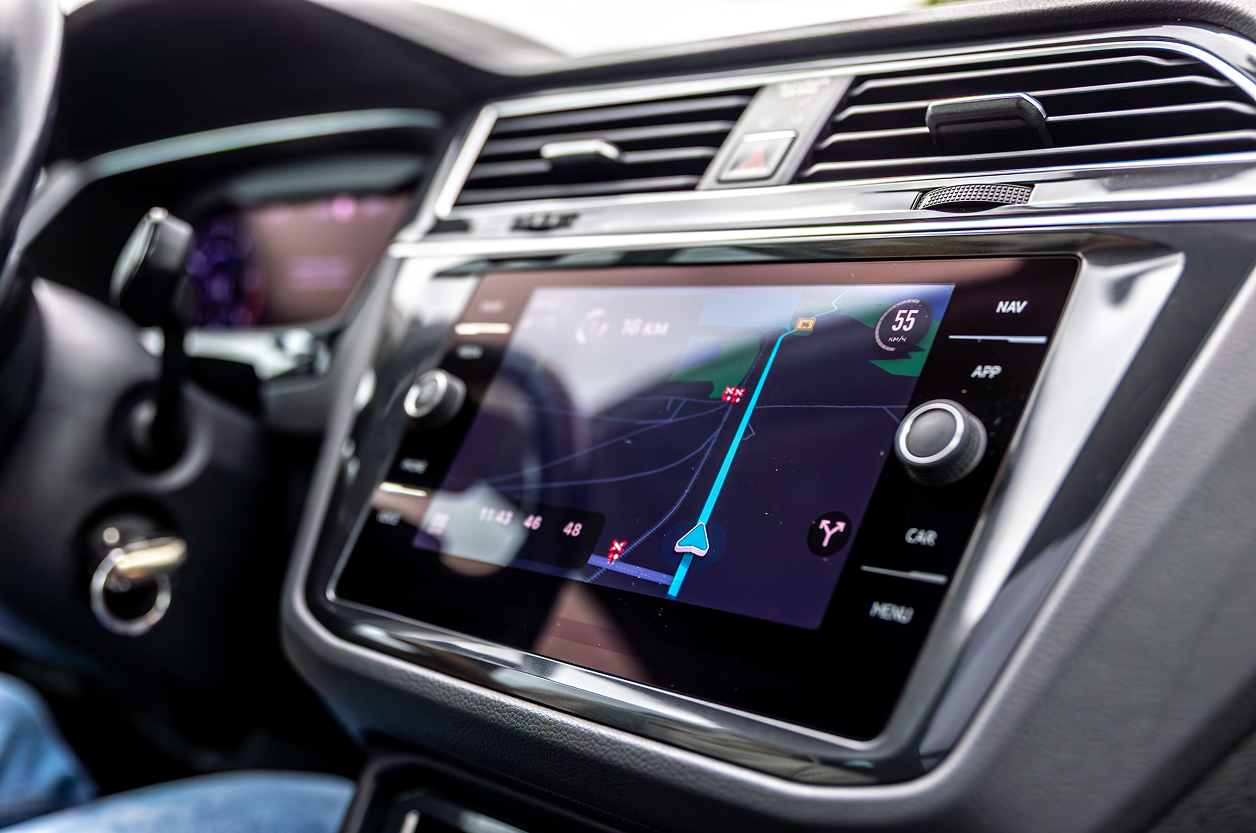
Practical deployment experiences
In practice, multiple European OEMs have reported:
- Voice assistant package size limits enforced compile-time to prevent memory overflows.
- Late OTA failures triggered system instability under legacy vehicle firmware—necessitating forward and backward compatibility checks.
- Firmware image validation rejected mismatched voice modules, prompting rollback-safe delivery mechanisms.
- Some OEMs isolate V2X and EVcontroller connectivity to sandboxed SIM-side components in IVI modules for regulatory compliance with UNECE mandates.
Evaluation checklist for embedded IVI teams
- Review and manage modular components: voice, map, telemetry APIs in Android Automotive OS.
- Verify secure boot and rollback protections for OTA mechanisms.
- Benchmark inference performance (latency, quantization) and track regression.
- Simulate fault conditions: offline mode, module mismatch, OTA failure during vehicle states.
- Automate compliance documentation: SBOM generation, version traceability, audit logs.
- Coordinate cross-functional release cycles with clear dependency mappings.
How Promwad supports embedded adaptation
Promwad assists automotive teams in adapting to Android Automotive OS changes by:
- Designing CI/CD pipelines supporting modular update packaging and secure voice integration.
- Developing quantized speech model inference with performance verification engineering.
- Implementing telemetry encryption, rollback-safe OTA orchestration, and fault-tolerant voice pipelines.
- Producing audit-ready documentation including SBOMs and version control logs.
- Reducing integration friction through automation and cross-module compatibility management.
Business impact and future readiness
Aligned modular pipelines and secure OTA workflows reduce time-to-market, lower certification risk, and enhance user trust through stable IVI experiences. Successful modular release cadence creates operational agility. Teams that internalize modular, security-first architecture now will lead embedded automotive stacks and future standards enforcement.
Final thoughts
Android Automotive OS is no longer just infotainment—it’s a critical nexus between voice AI, vehicle data, smart home integration, and real-time decision systems. Embedded teams must internalize modular CI/CD strategy, robust telemetry security, and certification awareness across all subsystems. Those who adapt proactively will shape the automotive user experience of the future.
Our Case Studies


